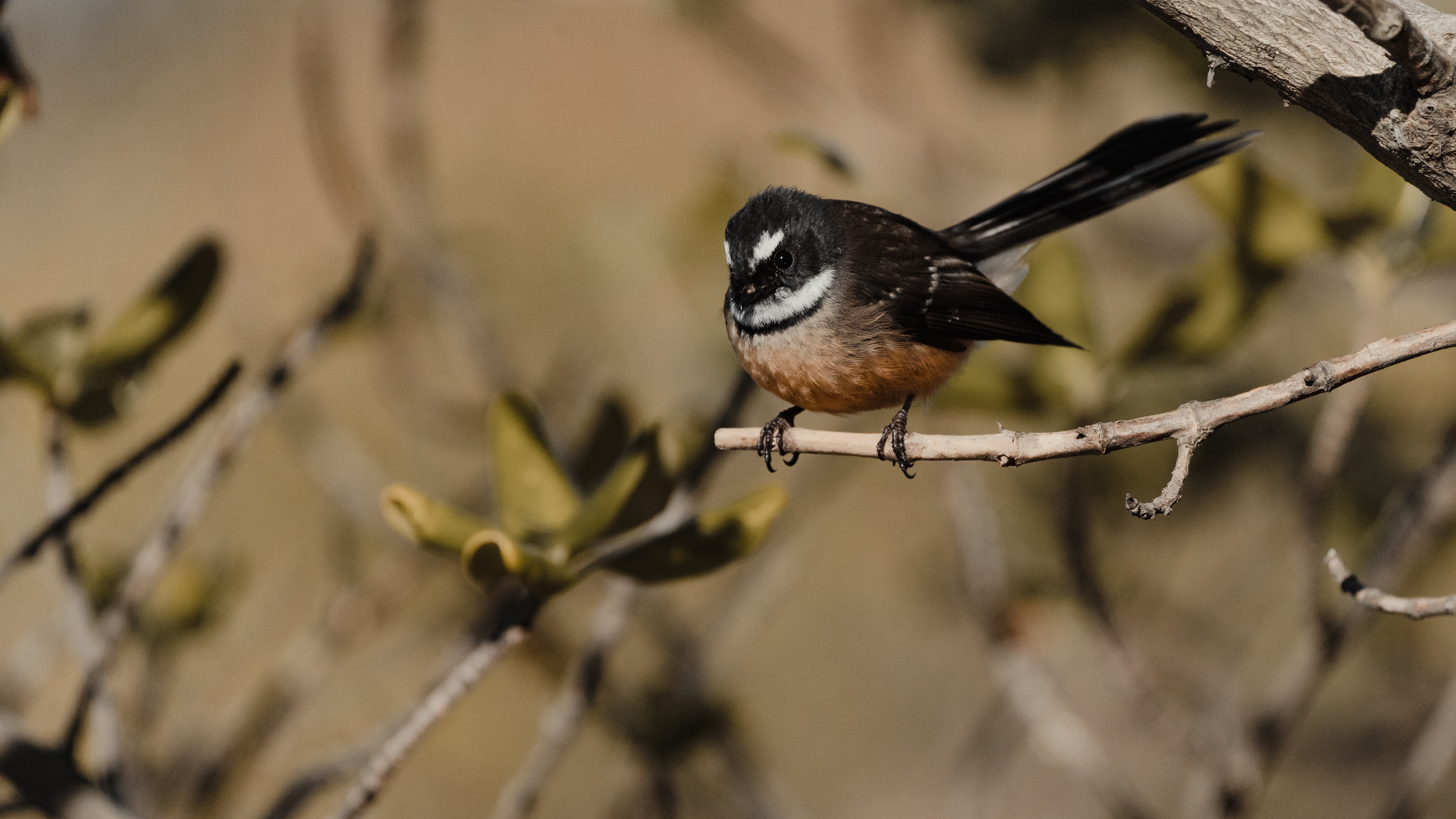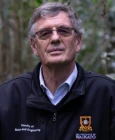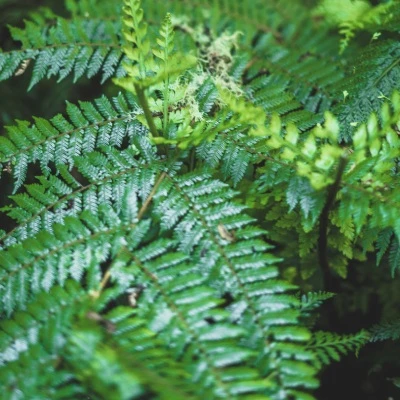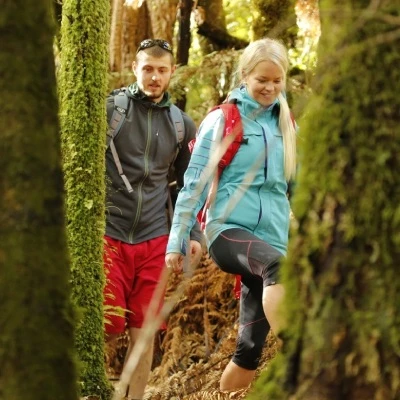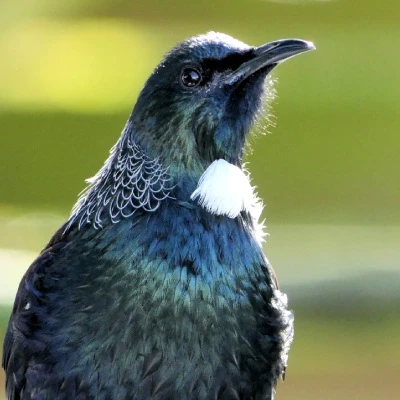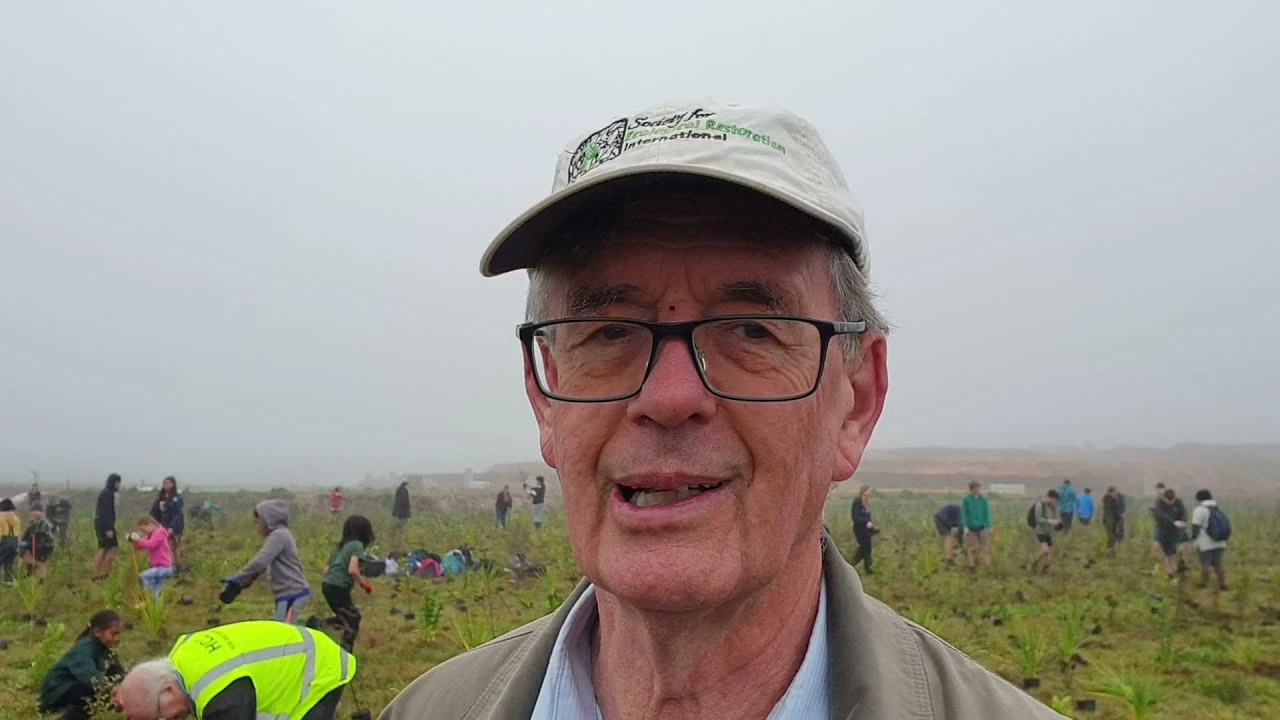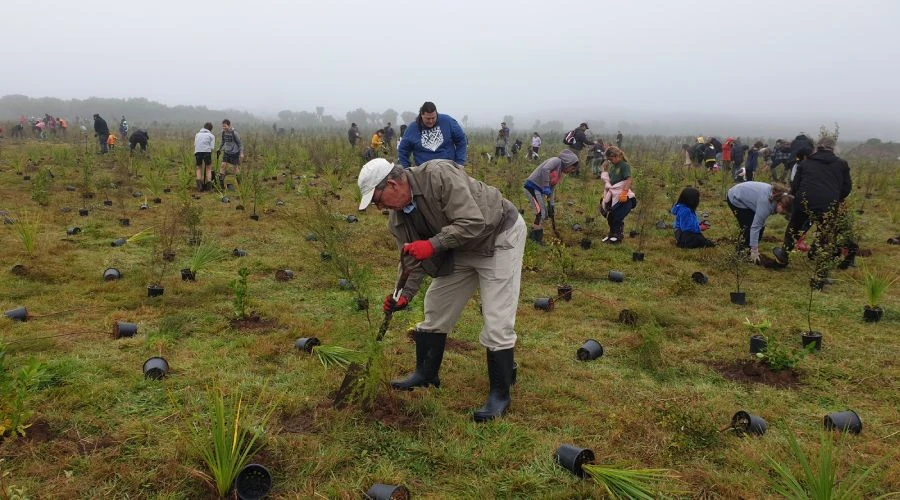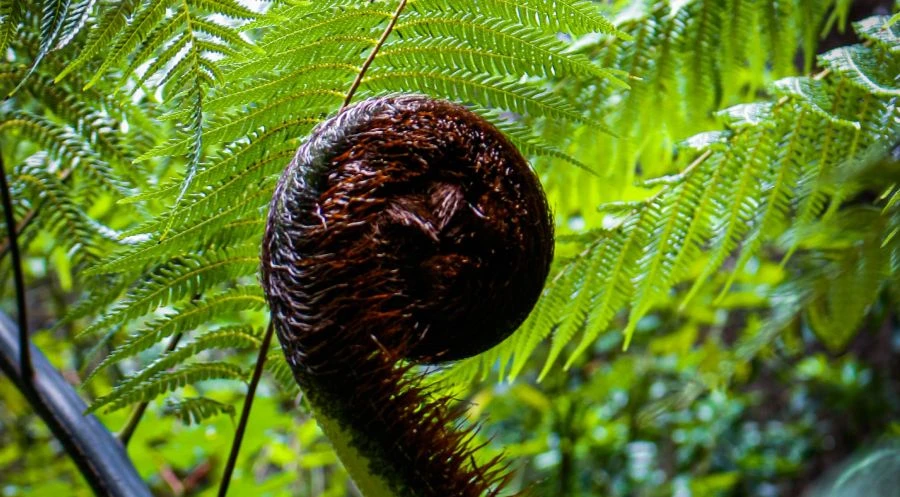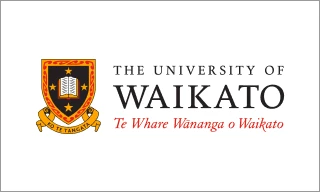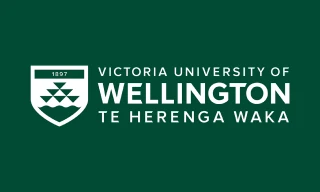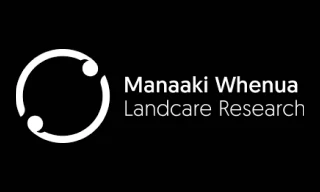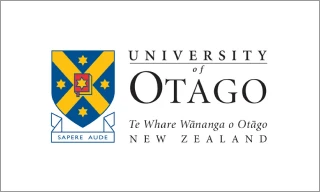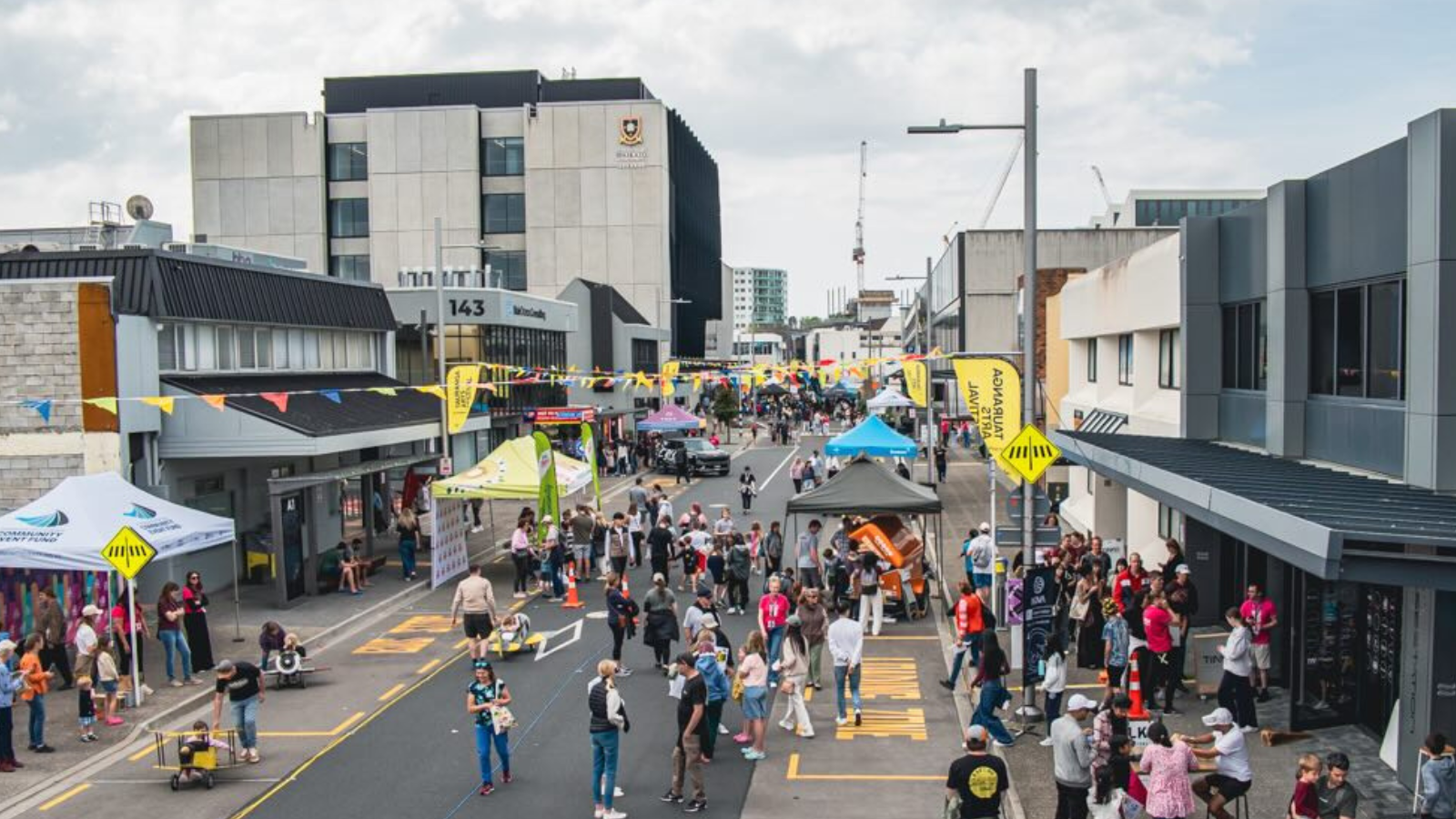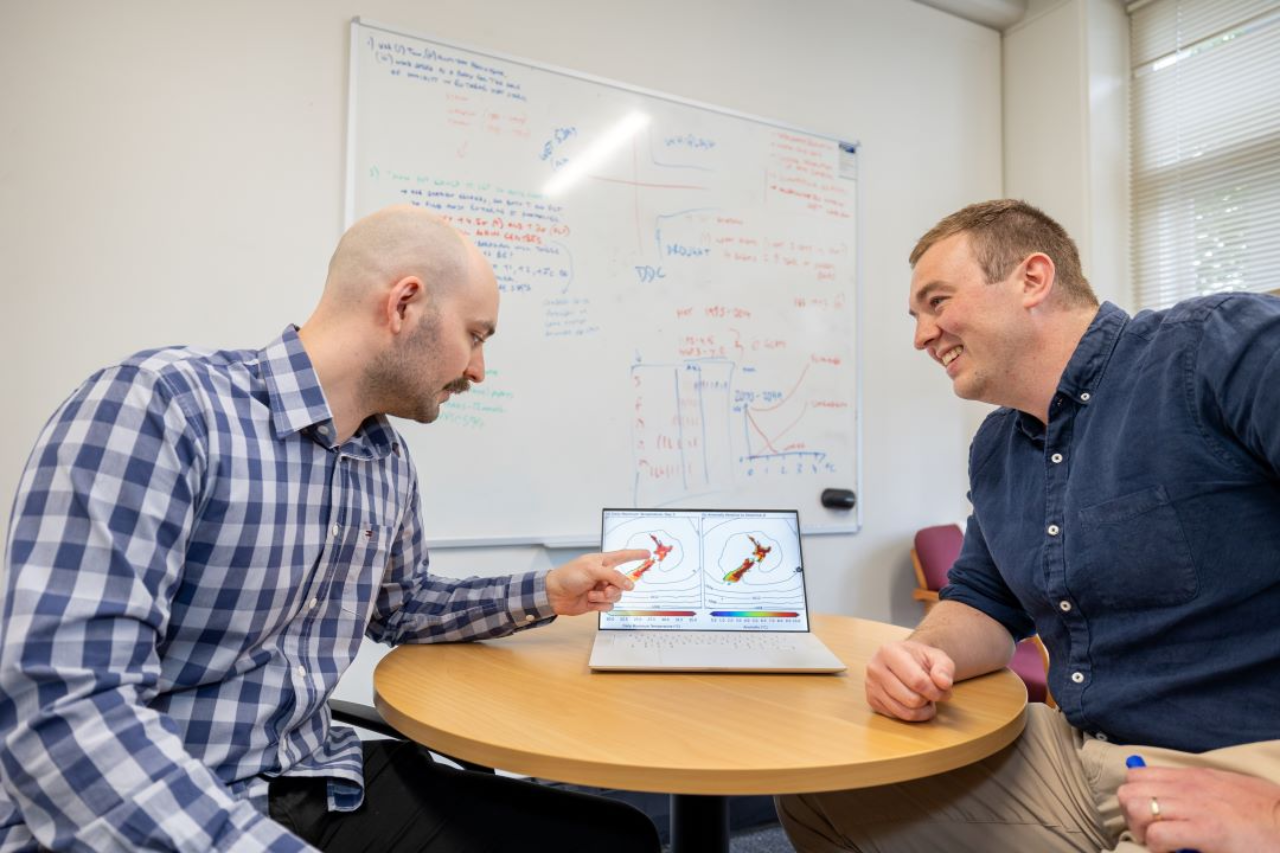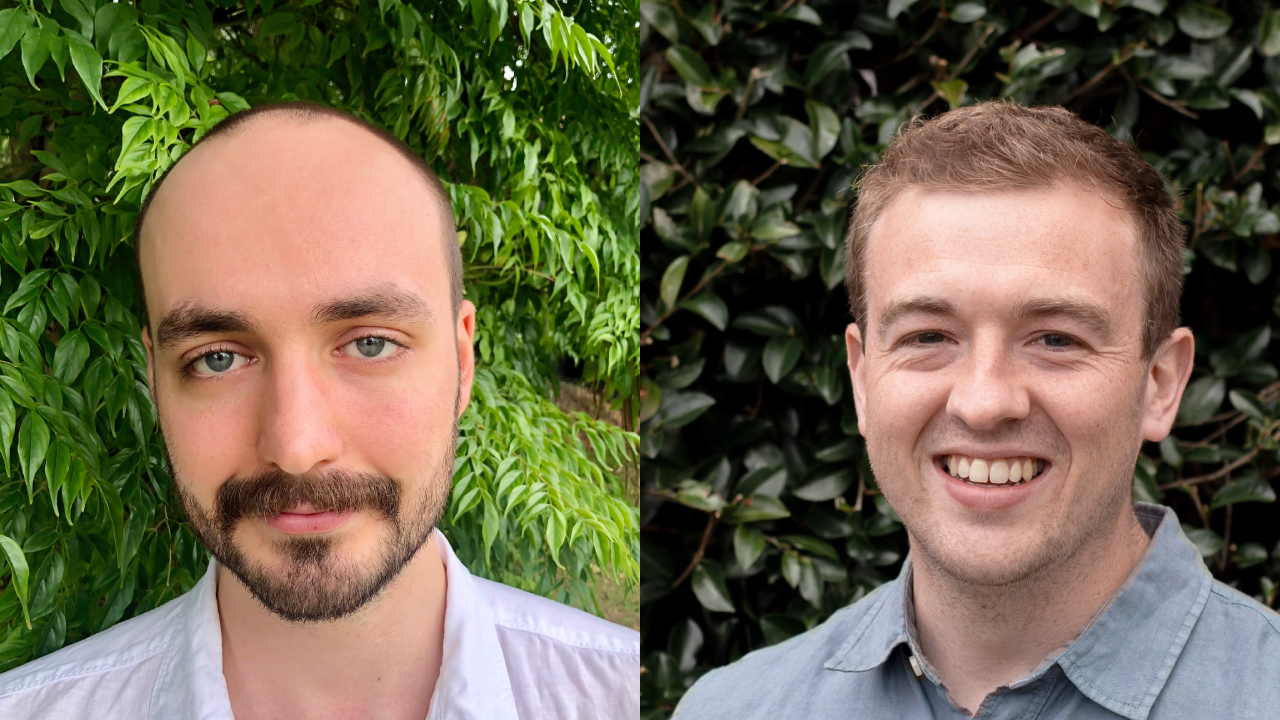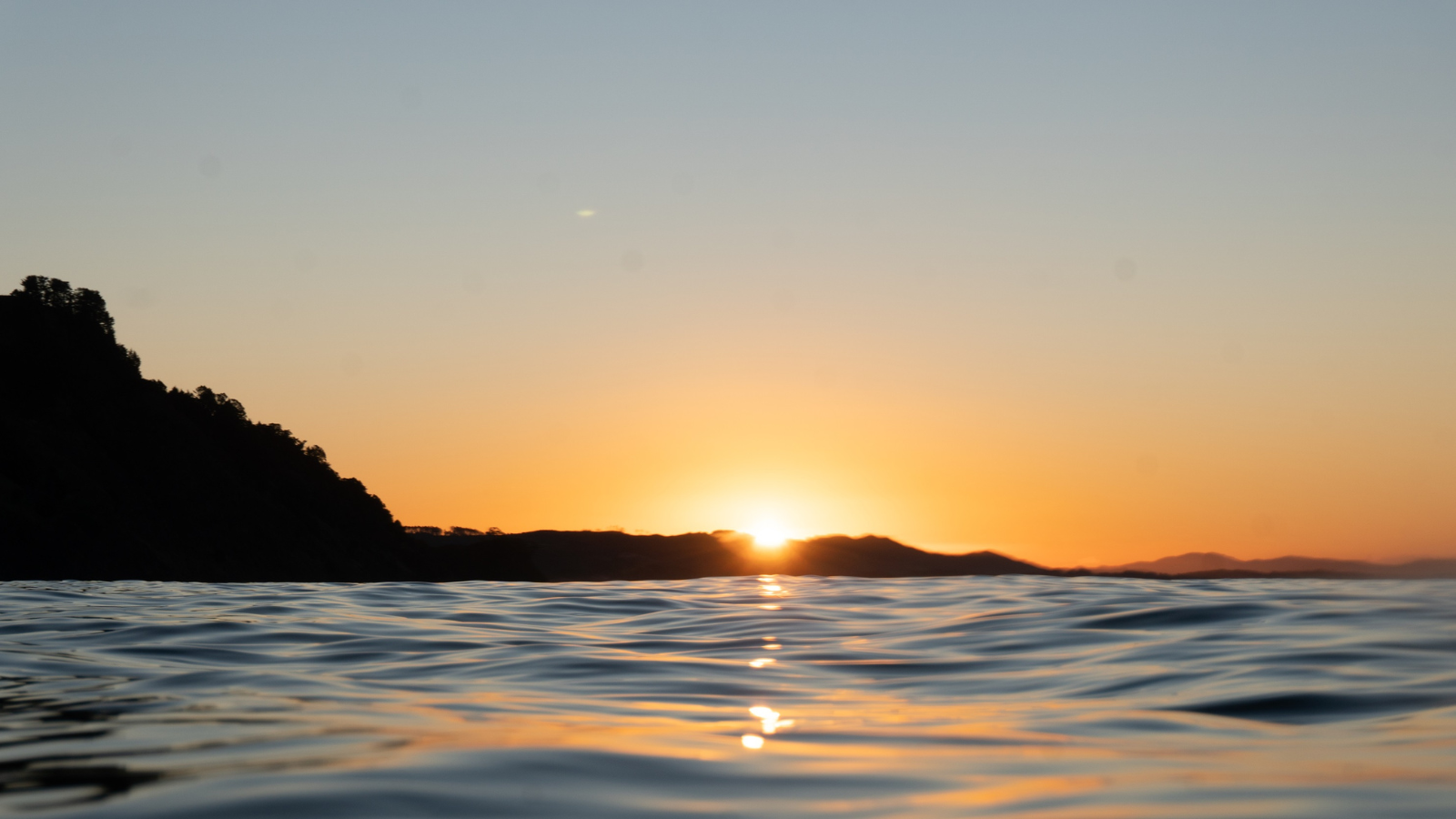He leads a Ministry of Business, Innovation and Employment (MBIE) funded research project called People, Cities and Nature, which focuses on restoring indigenous nature in urban environments. His work has guided the Hamilton gully restoration programme and the Waiwhakareke Natural Heritage Park near Hamilton Zoo.
What is it?
People Cities and Nature is a five-year interdisciplinary research project involving a team of researchers from multiple institutions including University of Waikato, Victoria University of Wellington, Manaaki Whenua - Landcare Research and University of Otago.
This project began in 2016 and is funded by the Ministry for Business, Innovation and Employment (MBIE)’s Endeavour Fund.
It is led by Professor Bruce Clarkson from the University of Waikato, and is the only significant research programme in New Zealand focused on urban ecology. It seeks to restore indigenous nature and biodiversity in our city and suburban environments.
